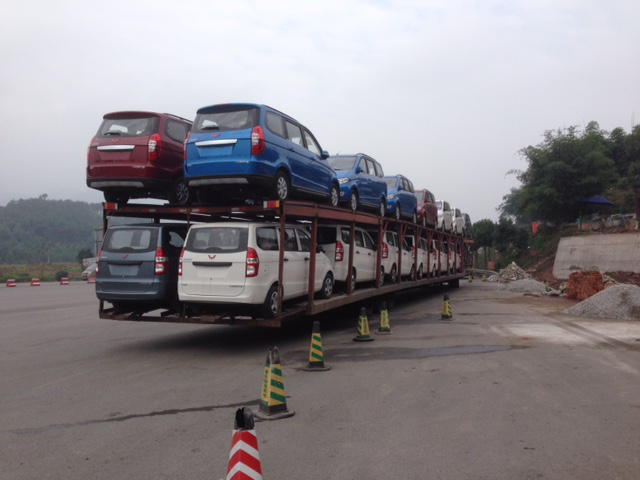Nowhere will this change be more visible than in the area of road transport. Put another way, if we do not see such changes on the roads in China, it may imply that the reform program has failed…
Read this article in Chinese
China is undergoing change on a scale perhaps unprecedented in the history of mankind. It is a race against the clock. In order to continue to prosper, China as a country and as an economy needs deep and comprehensive reform. President Xi Jinping is frustrated by the lack of broad understanding in China about what reform really means—so much that in a long article published on May 10th in Peoples’ Daily, the official party newspaper, he again outlined his views on this topic.
In the article he reiterates that reform means that market forces should play a decisive role in resource allocation, and for that to happen there needs to be a level playing field. That in turn requires that all players abide by the same rules, standards and laws, which will not be achieved without strict and equal enforcement.
In the field of road transportation, these issues become very concrete, visual and easy to understand. Up until now, the standard regulating weight and dimensions of commercial vehicles (named GB1589-2004) has not been enforced, although a revised standard was published and enforced in 2004. Instead, in the blind pursuit of economic growth and high GDP numbers at any price, the regulatory agencies turned a blind eye to violations of the standard. Transport companies were basically free to overload and to use both trucks and trailers that violate even the most basic safety standards. Nowhere is this more visible than in the area of car transportation. It is still today a common sight to see 30-meter-long semitrailers with cars loaded two levels high and in two rows. One single car carrier can carry over 40 cars. It goes without saying that these car carriers are dangerously long, far too wide and that pressures from their axles grinds down on China’s newly built road network.

A common sight on Chinese highways still today, May 2016.
Of course, in the short run such enormous car carriers create low unit costs per ton per kilometer, or car km, which stimulates economic growth through low prices. However, what has become increasingly obvious in the past few years is that the externalities of this “growth at any cost” strategy are serious. Again using the car carrier as an example, such externalities can be seen in the form of road accidents, air pollution, reckless competition, wear and tear of roads and bridges, etc. Who is to bear these costs?
This is exactly what Mr. Xi addresses in his long article. China has to change its development model from pursuing blind, inefficient growth to a sustainable and resource-lean growth model. Growth has to serve the people and create higher quality of life for all, and that also includes road safety.
In the area of road transportation, the Ministry of Transportation has, together with the Ministry of Public Security and the Ministry of Industry and Information Technology, taken the lead in revising the weights and dimensions standard. This work was started back in 2010 and serves to create a level playing field for road transport. By making all companies play by the same rules it hopes that service levels and efficiency will be improved as a result of the innovations competition fosters. The new version will be implemented starting from this year.
Among other things, it will affect the design of the above mentioned car transporters and, over a period of two years, all car transportation will have to be conducted on compliant 22-meter-long, 2.55-meter-wide car carriers. This means that a maximum of ten cars can be transported on one car carrier. At first glance this would imply that four times as many car carriers will be needed to create the same transport capacity. In real life, the change will not be that extreme. China will likely be able to manage with approximately the same number of car carriers, but each car carrier will have to be used far more efficiently. Today, the average car carrier drives less than 80,000 km per year, but with better equipment, higher running speeds and better transport planning, the utilization rates can be improved and the annual mileage at least tripled. While this will not be easy, it is exactly such challenges that drive progress.
The intention of reform, as Mr. Xi has stated many times, is that innovation will be the new driver of the Chinese economy. Innovation is not only about technology, it is also about business models and management. To set the task to manage the present day car transport needs with the same number of (albeit smaller) car carriers, will lead to innovation in transport management and route planning. China has entered a period in its economic development where the old model for growth is void. Thus, a new phrase in China is “The New Normal.” In essence, it is about getting more value out of fewer resources and it is about creating more sustainable business models.
Nowhere will this change be more visible than in the area of road transport. Put another way, if we do not see such changes on the roads in China, it may imply that the reform program has failed…



